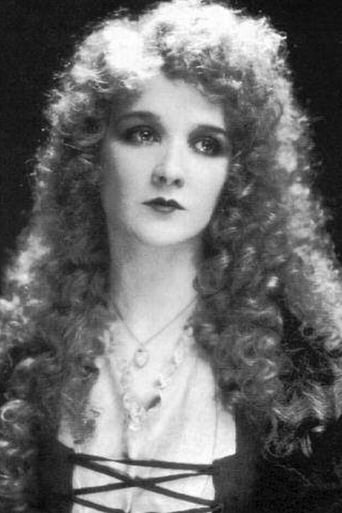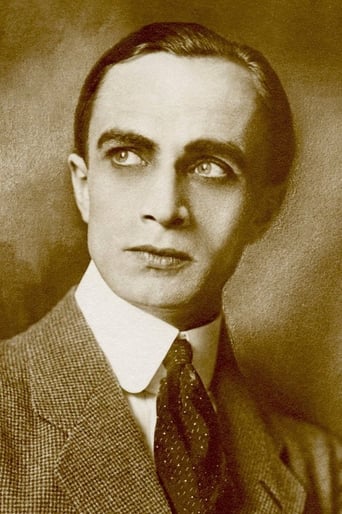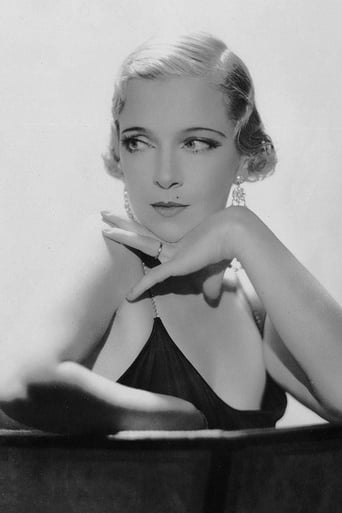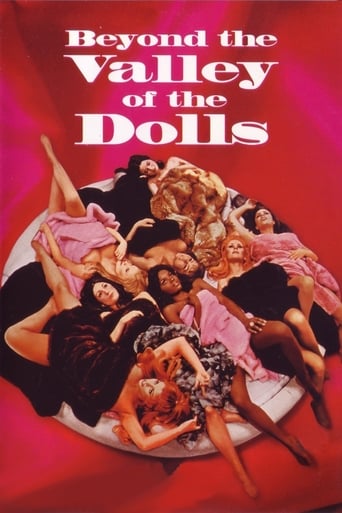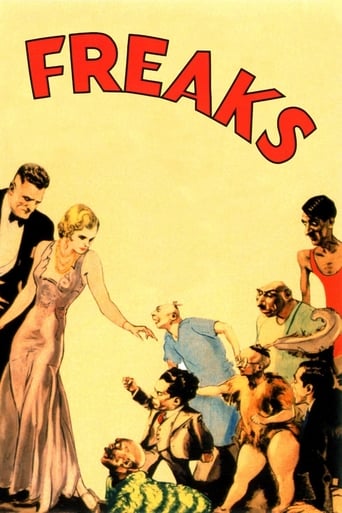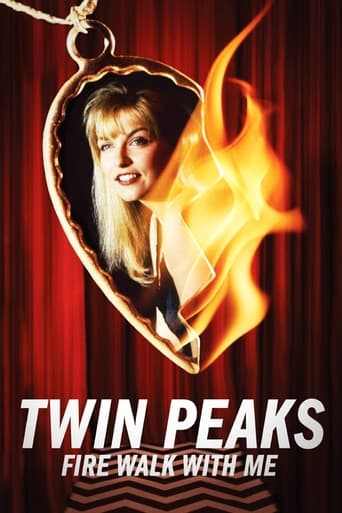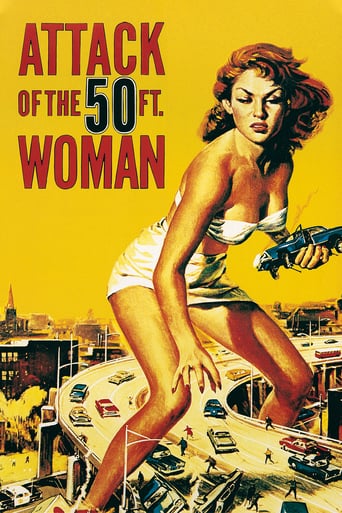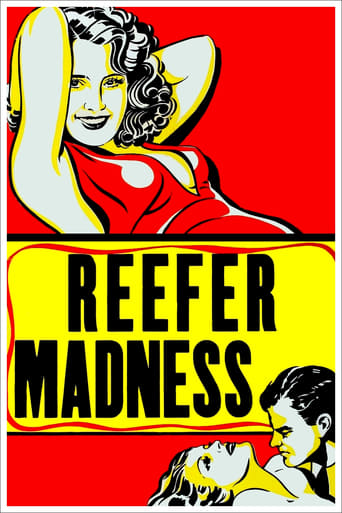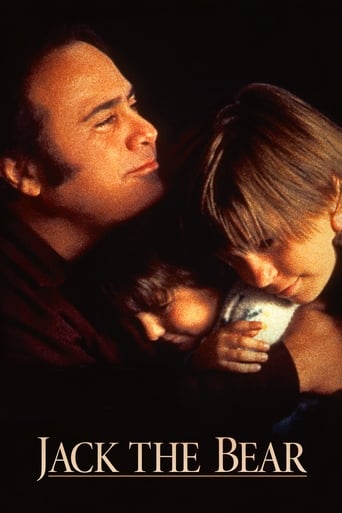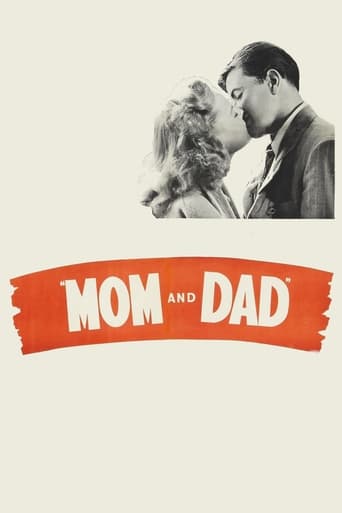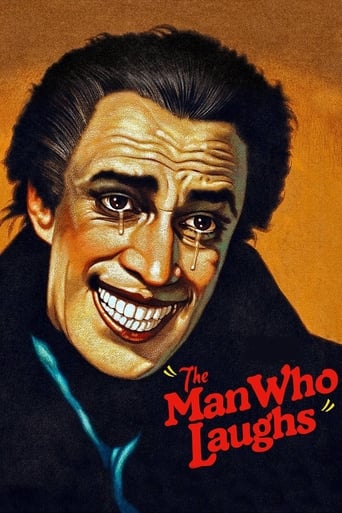
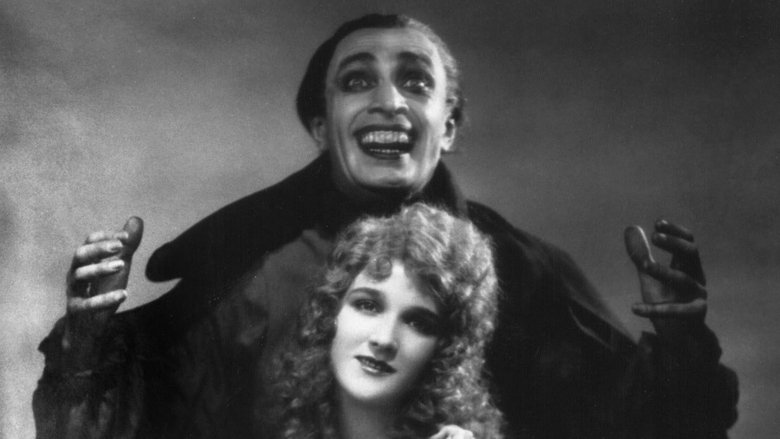
The Man Who Laughs (1928)
Gwynplaine, son of Lord Clancharlie, has a permanent smile carved on his face by the King, in revenge for Gwynplaine's father's treachery. Gwynplaine is adopted by a travelling showman and becomes a popular idol. He falls in love with the blind Dea. The king dies, and his evil jester tries to destroy or corrupt Gwynplaine.
Watch Trailer
Cast


Similar titles
Reviews
Please don't spend money on this.
Expected more
It's the kind of movie you'll want to see a second time with someone who hasn't seen it yet, to remember what it was like to watch it for the first time.
Although I seem to have had higher expectations than I thought, the movie is super entertaining.
I will take this to my grave as the best film I've ever known and it will now and always be my absolute favorite - as well as Conrad Veidt now becoming my all time favorite actor in history. He is an astonishingly handsome depiction for Gwynplaine. Even with that goofy grin, it is still apparent how good looking of a man Gwynplaine was. Conrad Veidt's ability to emote using just his eyes is incredible. He is so moving in this film! There is no denying how Gwynplaine feels at any point in time because of this incredible actor. I was also surprised to find out that this character was the original inspiration for the - now so popular - "Joker". I always liked the Joker for some reason. Harley Quinn has always been my favorite, but I do deeply love this "clown-like" character with no sense of evil or mischievousness. He is just such a sweetheart.Warning - Possible Spoiler: I am overjoyed that this film did not keep with the original ending written by Victor Hugo. What a miserable man.
The man who laughs is one of the saddest movies I've seen in my life, one of those deep movie that leaves you thinking about it for several days. The expressiveness of the eyes of Gwynplaine have shaken me to tears.Despite being made in 1928, with technology and the ways of the time, so distant from the current ways, these differences do not interfere at all. The same has happened to me when I see "Citizen Kane" (1941) by Orson Welles. So "The man who laughs" is a great choice for those who are looking to enter the world of classic films.
In 1869, when Victor Hugo's "The laughing man" appeared, the fairgrounds displayed for over a century not much more than carousels, toboggans and Russian Swings. Since technology was not so far developed as to use electricity like a few decades later, it was the time of the Chambers of Horror, direct antecedents of the later ghost trains or dark rides. However, not long after, it was also the time when the film was born, and it is surely no change that the first movies often showed horror scenes and that the general horror-topic was one major issue of the European film until the outbreak of World War I.Chambers of Horror, in which like 5-legged calves, Siamese twins, two-headed chicken or the mutilated mouth of Gwynplaine were the attractions of the fairgrounds, even much more than the waxworks that were en vogue at the same time. People like the Elephant Man, Gwynplaine or Cesare from the "Cabinet of Dr. Caligari" could earn a living by giving their performances on the fairgrounds. Basically, we are dealing here with the small gap between attraction and repulsion. It is hard to explain why people are driven to see what they do not want to see and whose picture they will possibly never bring out of their heads anymore. In the case of Gwynplaine it is the constant grinning, a feature which is normally temporary and depending on a situation that irritates, and it seems that irritation is one of the key-elements from which fair-grounders live (the irritation of the senses on the roller-coaster, the irritation of the nerves by watching the Elephant Man). Nowadays, the Chambers of horrors are disappeared, modern medicine has brought to vanish the Sardonic laughs, the hare slips and divided the Siamese Twins. But their places haven been taken over by modern figures of horror whose original inspirations may have been those guys out of those cabinets where nature was shown its own mistakes.
THE MAN WHO LAUGHS starts exceptionally well and definitely gets your attention. In many ways, it seems reminiscent of a Rafael Sabatini novel--the same guy who brought many adventure tales to the screen (such as CAPTAIN BLOOD, SCARAMOUCHE and THE BLACK SWAN), though the actual story was by Victor Hugo. King James II of England (a particularly bad king according to most history books) has arranged for the death of an enemy in a very brutal scene. And, in a nasty move, he has the face of his enemy's young son, Gwynplaine, carved into a permanent smile by some bizarre group of evil gypsies. However, the boy does survive and makes his way in the snow to the wagon of a nice gypsy (the non-face carving kind) and on the way he discovers a baby (Dea) in the arms of a dead woman.Years pass and now Gwynplaine is a famous adult--famous for his stage act along with his adopted gypsy dad and the grown baby--now a gorgeous but blind lady (Mary Philbin). It's pretty obvious Gwynplaine and Dea are in love but fate steps in when a current monarch, Anne, finds out that Gwynplaine is the heir to a title. He is kidnapped and instated as a peer in the House of Lords--though it doesn't go well for Gwynplaine. He'd much rather have his old life and Dea. Tune in for yourself to find out what happens.In many ways, this film is the pinnacle of silent films in America. It debuted very late in 1928 and had it been made just a few months later, it would likely have been a sound film (though how they could have done this with the facial appliance Conrad Veidt had to wear for the title role would have been a problem). But, as it was made in this transition period, Universal added a soundtrack along with sound effects and a song--making it a semi-talkie. Additionally, the cinematography is just lovely and the story very engaging. One of the better silent films and one that has somehow been almost forgotten over the years.By the way, the DVD from Kino is exceptional. Not only is the print nearly pristine but there are lots of extras on the DVD that would make this a nice addition to any home library.


